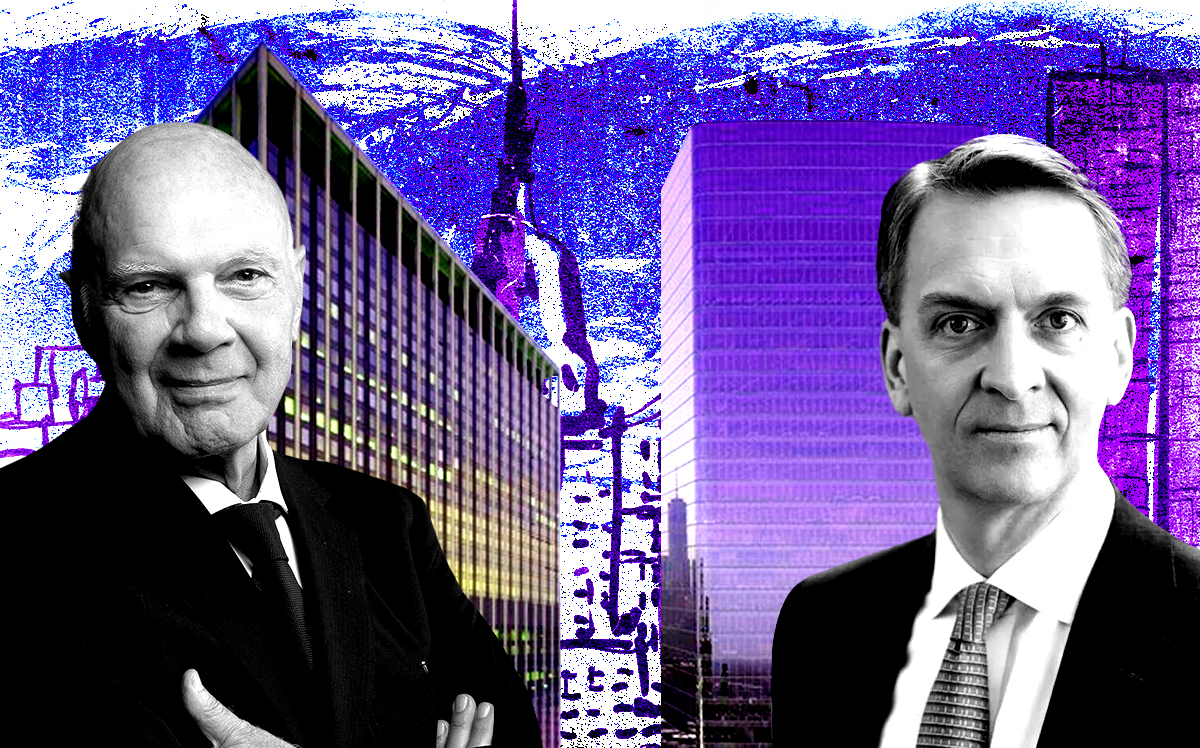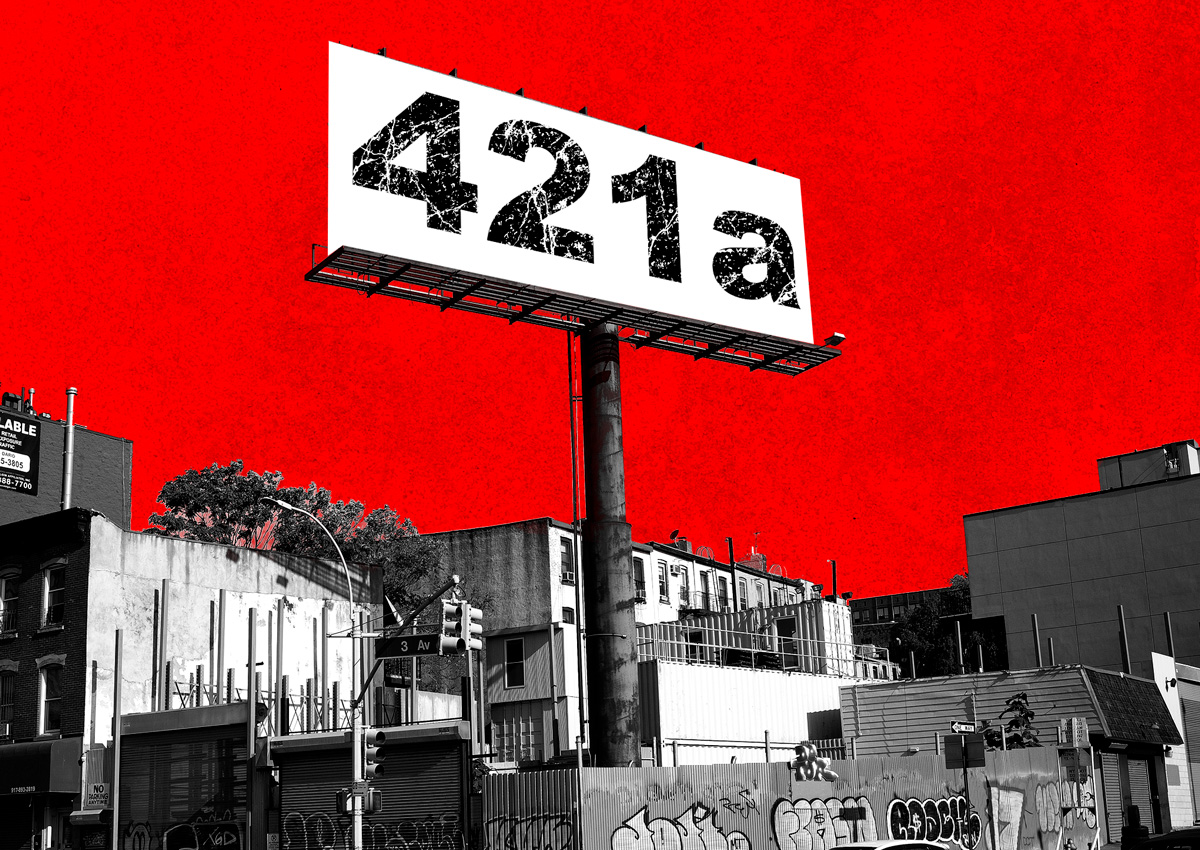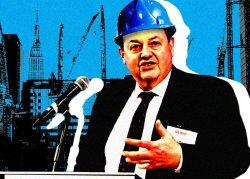The commercial construction pipeline in New York City narrowed substantially in the first half of the year as construction starts declined precipitously.
The value of commercial and multifamily construction starts in the Big Apple declined by 31 percent year-over-year from January through June, the New York Business Journal reported. The data is courtesy of Dodge Construction Network, which aggregates data and provides insight into commercial construction.
The value of first half commercial construction starts in the city was $10.8 billion, which still towered over all other metros the report analyzed. But that value looked meager in comparison to last year’s $15.5 billion. In the same period from 2021 to 2022, commercial construction starts in the city rose 22 percent.
“Commercial and multifamily construction has suffered thus far into 2023 as tighter lending standards, higher interest rates, slowing demand and societal changes, such as continued remote work, impact the sector,” Dodge said in a statement.
Those reasons may not entirely explain the situation. During the first half of 2022, developers were racing to meet the deadline to install footings so multifamily projects could qualify for the 421a tax break, which lapsed last June. With no replacement around in the first half, developers have shied away from multifamily projects, wary of how they would pencil out or even get financing without the tax abatement.
Less activity does not mean no activity for the construction sector. CommercialEdge data compiled towards the end of January found that the country’s five large office developments expected to be delivered this year are all in Manhattan. The largest is Brookfield’s Two Manhattan West, followed by Vornado Realty Trust’s 2 Penn and SL Green’s One Madison Avenue; all were projected for fourth quarter deliveries.
Dallas ranked second in commercial construction start values in the first half of the year, though the $6.7 billion total was down 17 percent from last year. Miami ranked fourth, remaining relatively static from the previous year at $4.7 billion. Other metros to rank in the top 10 include fifth-place Houston ($4.7 billion), sixth-place Los Angeles ($4.3 billion) and Chicago ($4.2 billion).
— Holden Walter-Warner
Read more



